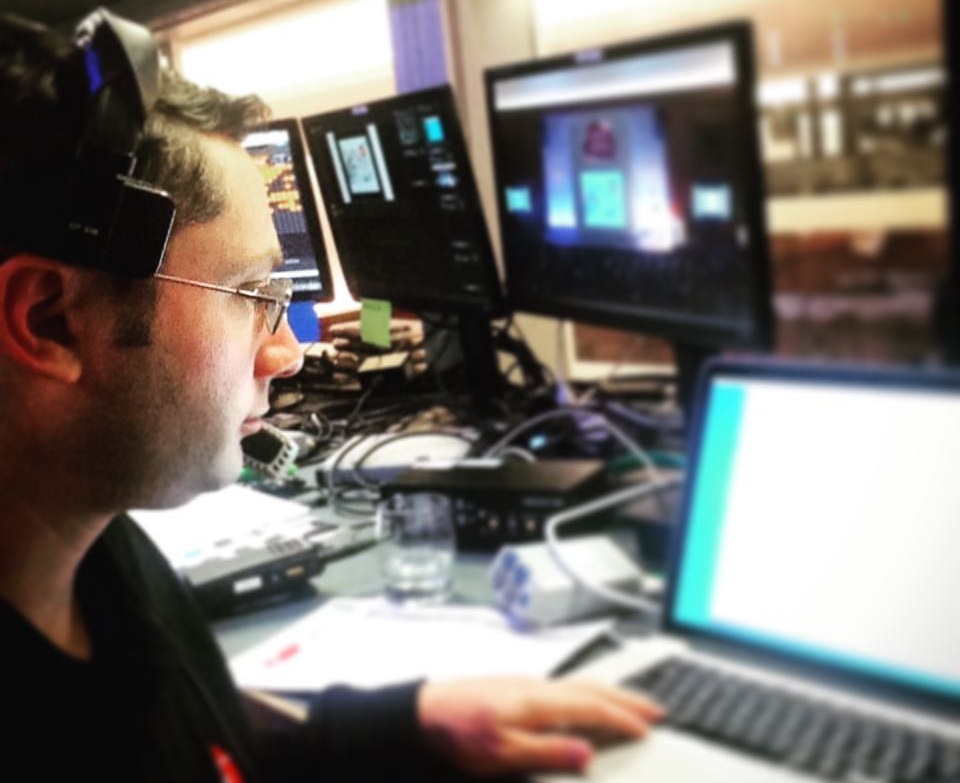Perfecting the Skill of Capturing High-Quality Sound at Live Occasions
Wiki Article
Capturing high-quality sound during real-time events remains essential for ensuring that the is able to fully enjoy their event. Whether it is a musical performance, a conference, or a stage show, clear audio can greatly enhance overall effect on the occasion. In order to achieve this goal, it’s important for one to understand the different elements involved to sound capture and the way to effectively handle these. The following article shall explore essential methods as well as equipment which may assist in perfecting the craft of recording high-quality sound.
One of the first steps in recording excellent sound in choosing the best gear. Mics have a crucial role in the process. There are numerous kinds for mics, including dynamic-type, condenser-type, as well as lavalier microphones, each appropriate for specific situations. Dynamic microphones are often used in noisy settings, such as musical events, as they can handle high sound levels levels. On the other hand, condenser-type mics tend to be generally responsive while tend to be ideal for quieter settings, such as speeches or interviews. Understanding the strengths and weaknesses of each type shall assist with selecting an best mic to the event.
In addition the choosing the right mic, placing the mic appropriately remains vital to capturing clear audio. The positioning for a microphone may greatly affect the audio clarity. For example, positioning the mic excessively distant away from its audio origin may lead to weak audio, while positioning it too close can cause clipping. It is crucial for one to find a middle ground that captures the full spectrum in audio without losing clarity. Testing different various placements prior to an occasion can help in finding a most effective placement to achieve maximum sound quality.
Another important factor to consider the environment surroundings in which event event. Background noise can interfere the audio quality, making it difficult for listeners to listen to the main sound source. In order to minimize unwanted noise, it is beneficial for one to conduct a audio test prior to an occasion starts. This enables an sound engineer to identify potential possible problems as well as perform changes if necessary. Moreover, using soundproofing materials and placing the setup in an more peaceful location can additionally help in minimizing background noise while enhancing overall sound clarity.

Finally, post-production plays an significant role for improving audio clarity. After the event, sound these details editing software may be utilized for refine the the, eliminate unwanted unwanted noise, as well as modify volume for consistency. Such a step step is to ensuring that final final result meets high quality. By investing time effort in edit and enhance the, the final result will be a polished recording which accurately represents the live performance. Perfecting these methods will not just enhance the clarity of sound recorded at real-time events and additionally improve the overall experience of the audience.